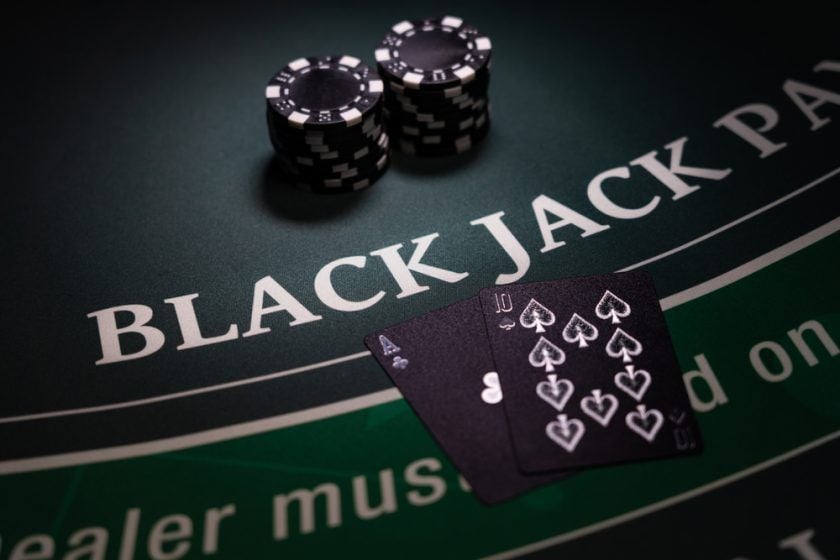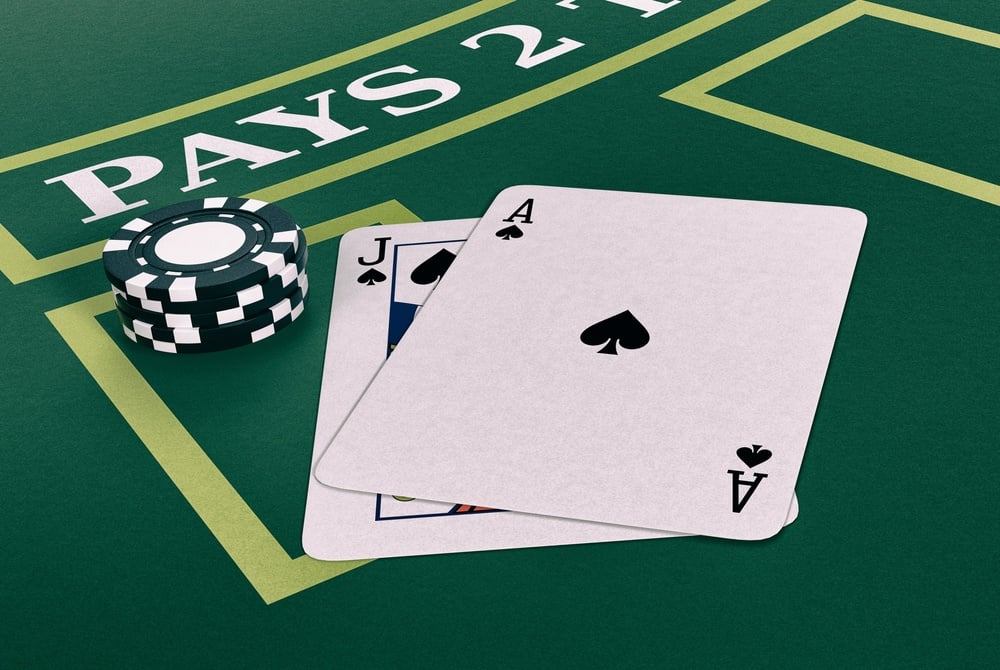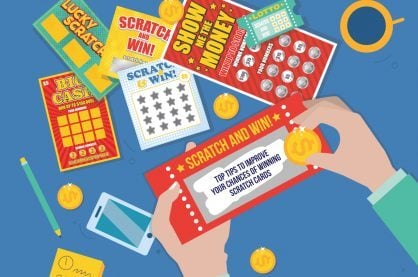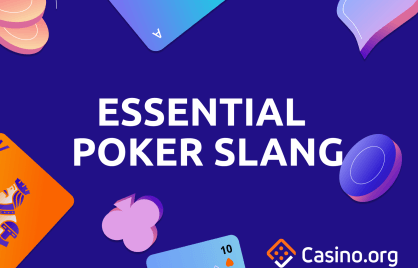Advantage Play in Blackjack: Legal Strategies to Beat the Casino

Summarize this post
Advantage Play in Blackjack: What You’ll Learn
- ✅ What advantage play in blackjack really means and how it legally differs from cheating or manipulating the game.
- 🧠 How techniques like card counting, hole carding, zone tracking, and card steering work to give skilled players a mathematical edge.
- 💡 The potential player advantage percentages for each method and why even a 1% edge can make a major difference.
- ⚖️ The legal and ethical boundaries of advantage play, including what’s allowed and what crosses into cheating.
- 🎯 Why responsible gambling matters, and how to approach casino play as entertainment rather than a guaranteed profit strategy.
Beating the casino is something we hear about a lot. The world is full of people who claim to have done it, with some even promising they can teach you how to do the same. If you’ve spent any time on social media recently, you’ve likely seen a TikTok, Instagram Reel, or YouTube Short featuring someone promoting a betting system or a so-called “hack” to win money at roulette, craps, or blackjack.
It’s important to understand that no betting system, combination of bets, or viral “hack” can give you a mathematical advantage over the casino.
Today, we’re talking about the only real way players can gain that advantage: advantage play in blackjack. This article explains what advantage play is, how it differs from cheating, and the legal techniques skilled players use to flip the odds in their favor.
What Is Advantage Play in Blackjack?
Advantage play is a broad term describing methods that use information freely available through the casino’s natural game procedures to create a mathematical edge for the player.
The key distinction between advantage play and cheating is intent and manipulation:
- Cheating means altering the game’s outcome or payment.
- Advantage play means using skill and observation to outsmart the game without breaking any rules.
Put simply: cheating manipulates the game; advantage play exploits it.
There are several tactics that fall under advantage play. The most well-known is card counting, but others include hole carding, zone tracking (also known as shuffle tracking), and card steering. Below, we’ll explore how each one works and the kind of edge it can offer.

Image Credit: Krittok/Shutterstock
Card Counting in Blackjack
As mentioned, card counting is the most famous advantage play technique—but it’s often misunderstood.
Many people think card counters memorize every card played to predict what’s left in the deck. That’s not exactly true. While blackjack has a past, present, and future, card counters don’t memorize cards individually. Instead, they track the ratio of high cards (aces and ten-value cards) to low cards (2–6).
The more high cards left to be played, the higher the player’s advantage. Counters use this running count to adjust their betting and playing strategies.
Card counting isn’t cheating, because players are simply using information revealed through the normal flow of the game.
How much of an advantage can a card counter get?
A typical blackjack game gives the house a 1%–1.5% edge. Skilled card counters can flip that, gaining up to a 1% advantage in their favor. While that may sound small, over thousands of hands, it’s significant and that’s why professional counters are happy with it.
Hole Carding
Another powerful tactic is hole carding. As the name implies, this occurs when a player sees the dealer’s hidden or “hole” card.
If a player can see the card clearly, whether by accident or poor dealing procedure, they gain valuable information that can dramatically shift the odds.
But isn’t the game designed to prevent this? Yes, it is. However, dealers are human, and sometimes improper dealing habits or bad table layouts (like misplaced shuffling machines or mirrors) cause unintentional exposure.
It’s crucial to note that hole carding only remains legal when the player does not manipulate the dealer, use a device, or collude in any way. If the card is visible by accident, using that information is considered advantage play, not cheating.
While card counting gives a 1% edge, hole carding can give up to a 13% advantage to the player. It’s one of the most powerful legal advantage plays in blackjack, and can also apply to games like Ultimate Texas Hold ’Em, Three Card Poker, and Mississippi Stud.
Zone Tracking (Shuffle Tracking)
Zone tracking is a complex and highly skilled advantage play method. It’s sometimes called shuffle tracking, and it involves following groups, or “clumps”, of high-value cards through a manual shuffle.
This technique only works under very specific conditions:
- The game must use a manual shuffle (not a machine).
- The shuffle must be weak or predictable enough for the tracker to follow the card clumps.
If successful, a zone tracker can position themselves to receive those favorable cards, potentially gaining a player edge of up to 3%. While that may sound modest compared to hole carding, it’s three times higher than the typical card counter’s advantage.
Casinos can prevent this with proper shuffle procedures, but not all do, making it a rare yet profitable opportunity for skilled players.

Image Credit: Krittok/Shutterstock
Card Steering
Card steering is another highly specific advantage play technique that depends on the right set of circumstances.
If the back card of the shoe is visible, say, an ace or ten, the player can cut the deck strategically to ensure that card lands in their hand later in the shoe.
The player might start with smaller bets while waiting for the right moment, then suddenly increase their wager when they know the valuable card is about to appear. If done correctly, this can create a huge advantage, sometimes as high as 25%, depending on the card and where it ends up.
Card steering requires patience, observation, and bankroll management, but when executed under the right conditions, it’s among the most profitable advantage plays in existence.
Comparing Advantage Play Techniques
| Advantage Play Technique | Typical Player Edge | Legal Status |
|---|---|---|
| Card Counting | 1–2% | Legal |
| Hole Carding | Up to 13% | Legal if accidental |
| Zone (Shuffle) Tracking | Up to 3% | Legal |
| Card Steering | Up to 25% | Legal if accidental |
Is Advantage Play Legal?
Yes. Advantage play in blackjack is 100% legal as long as players are not cheating, colluding, or using devices to manipulate the game.
Casinos may reserve the right to refuse service to advantage players, but legally, observing and using freely available information is not a crime.
Always remember: advantage play is about using skill, not deception.
The Bottom Line on Advantage Play in Blackjack
None of these examples are instructions on how to make advantage plays; rather, they’re explanations of what advantage play is and how it differs from cheating.
This information is meant for education, not as a toolkit to beat casinos. If you choose to gamble, do so for entertainment, not profit. Always play responsibly and only with funds you can afford to lose.
We’d love for you to share your blackjack experiences and check back for more articles on casino strategy, advantage play, and responsible gaming.
Title Image Credit: Krittok/Shutterstock


